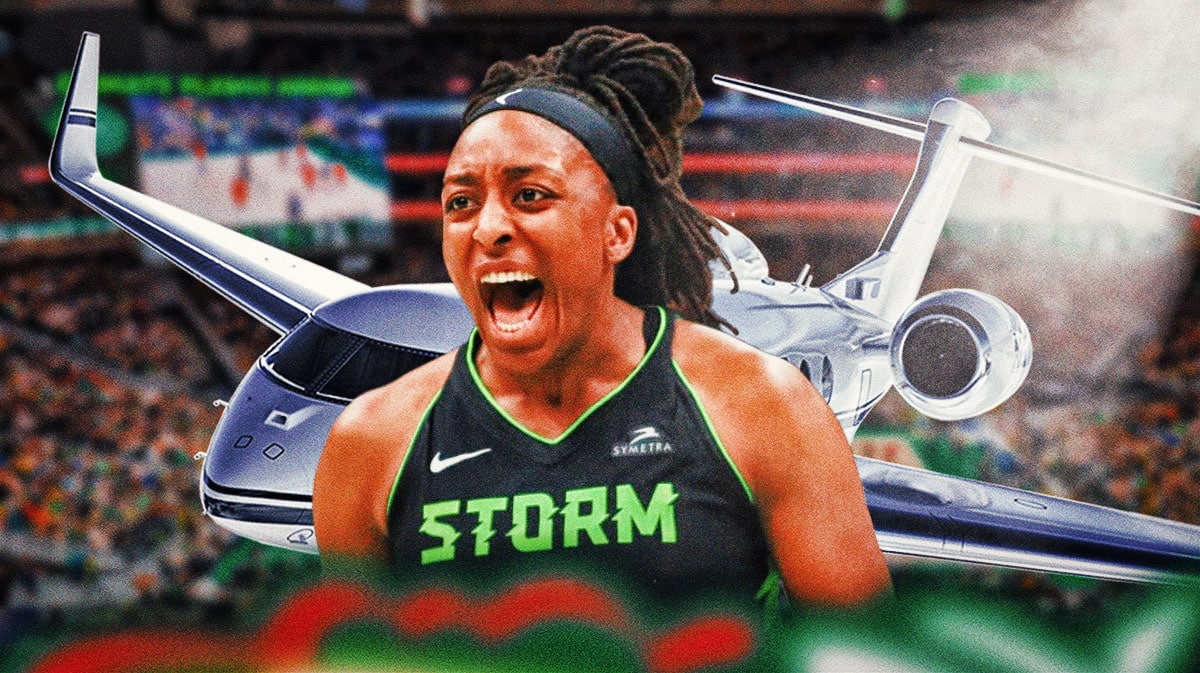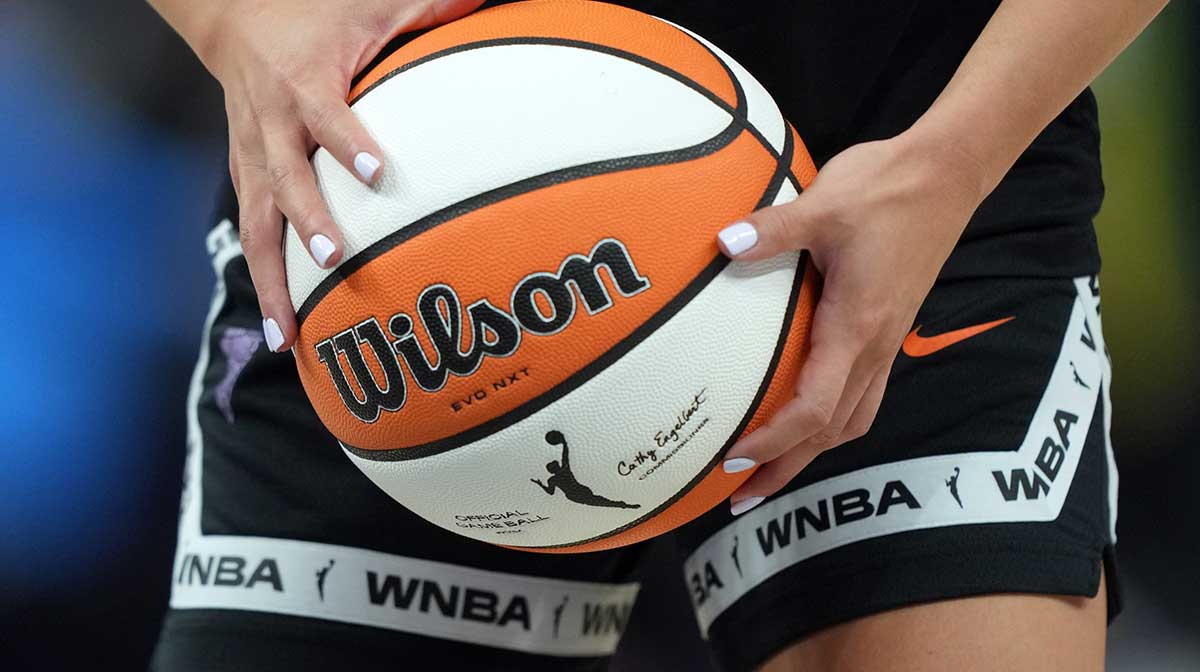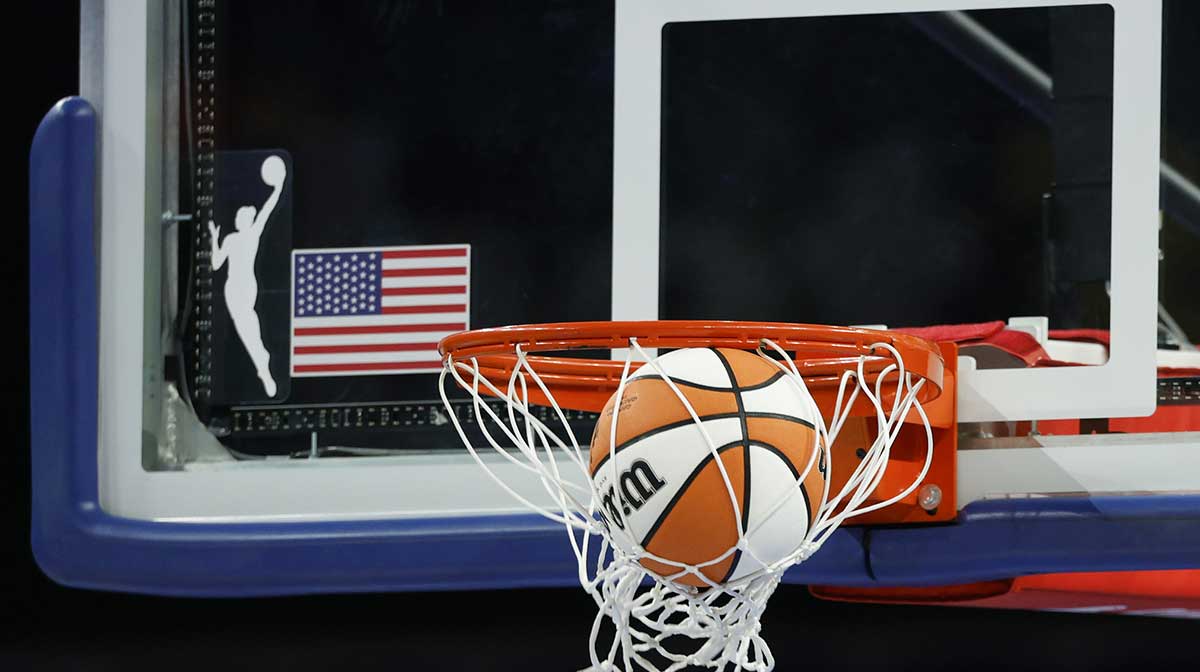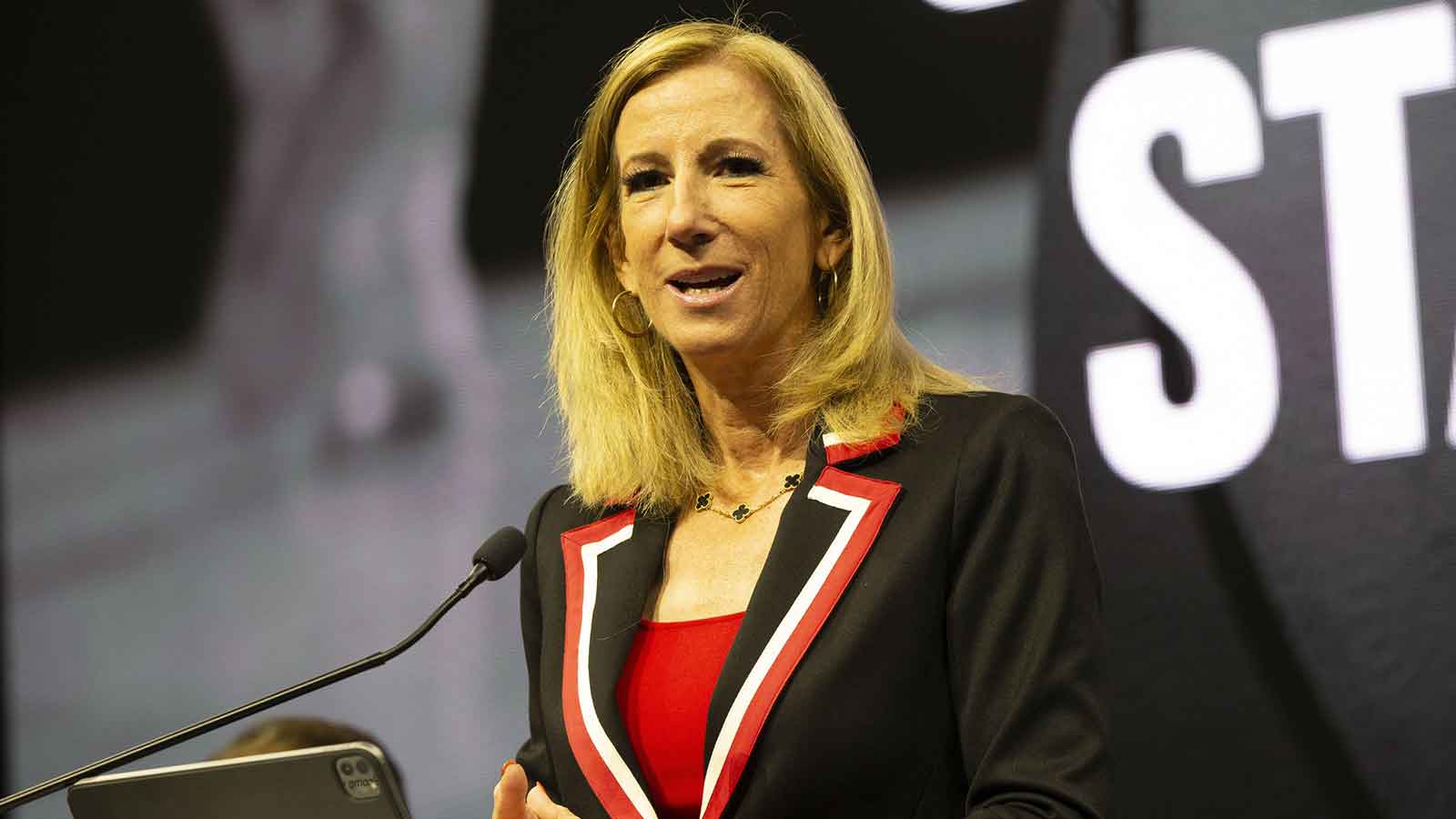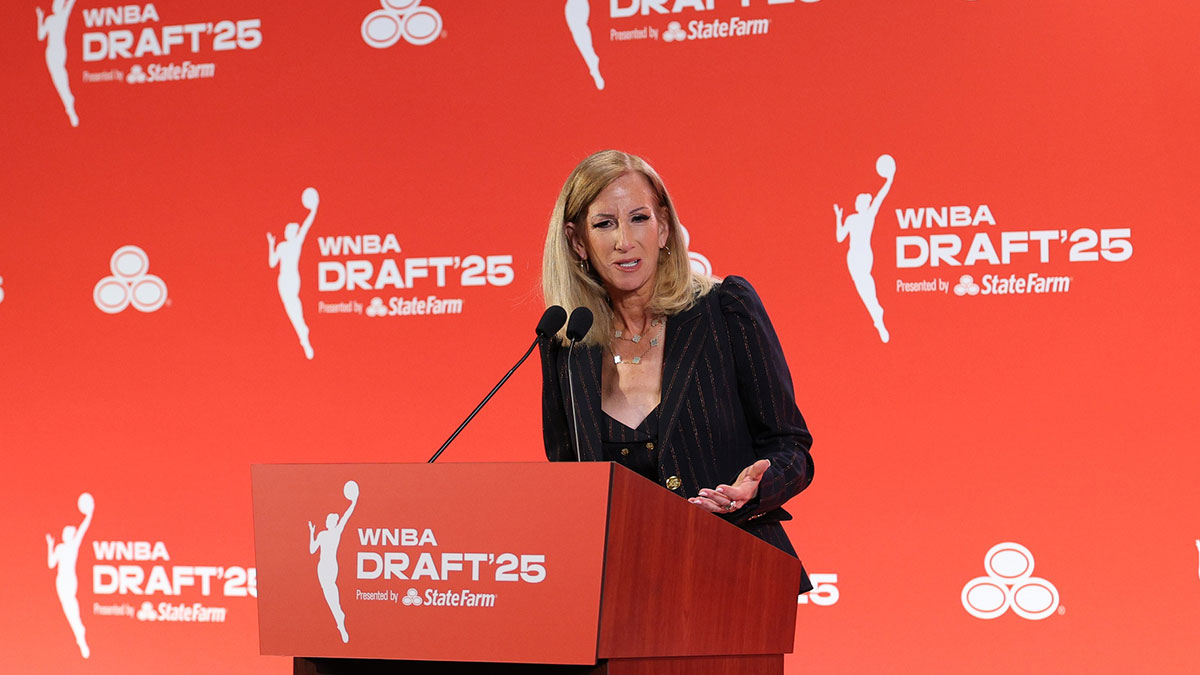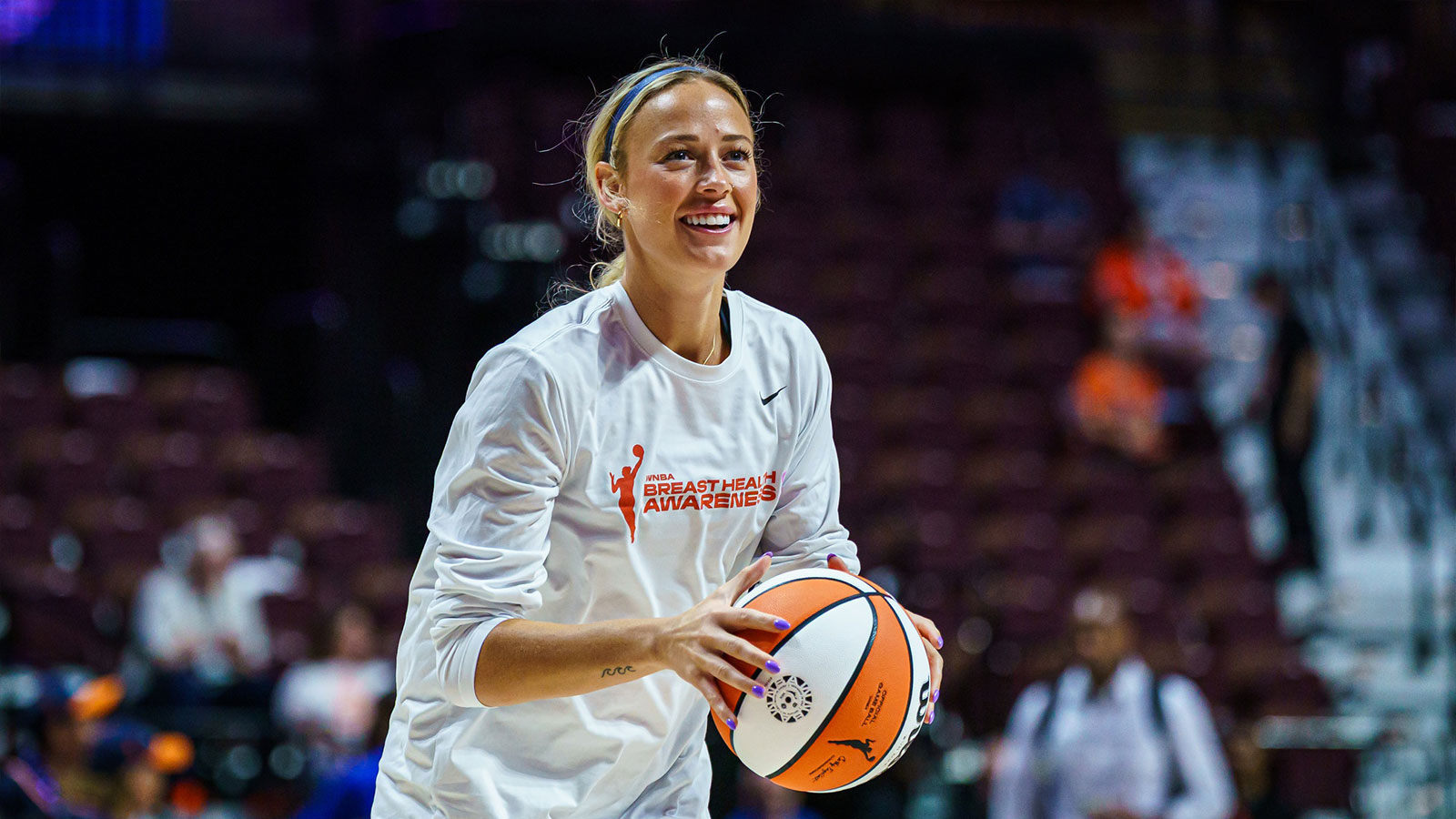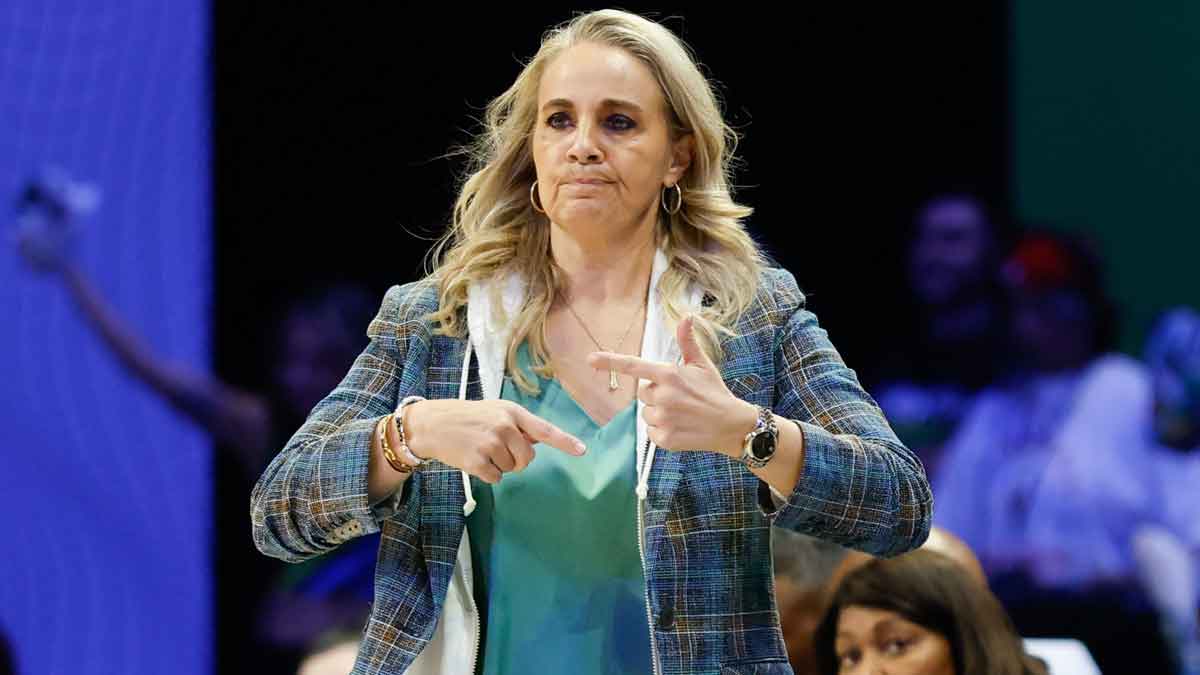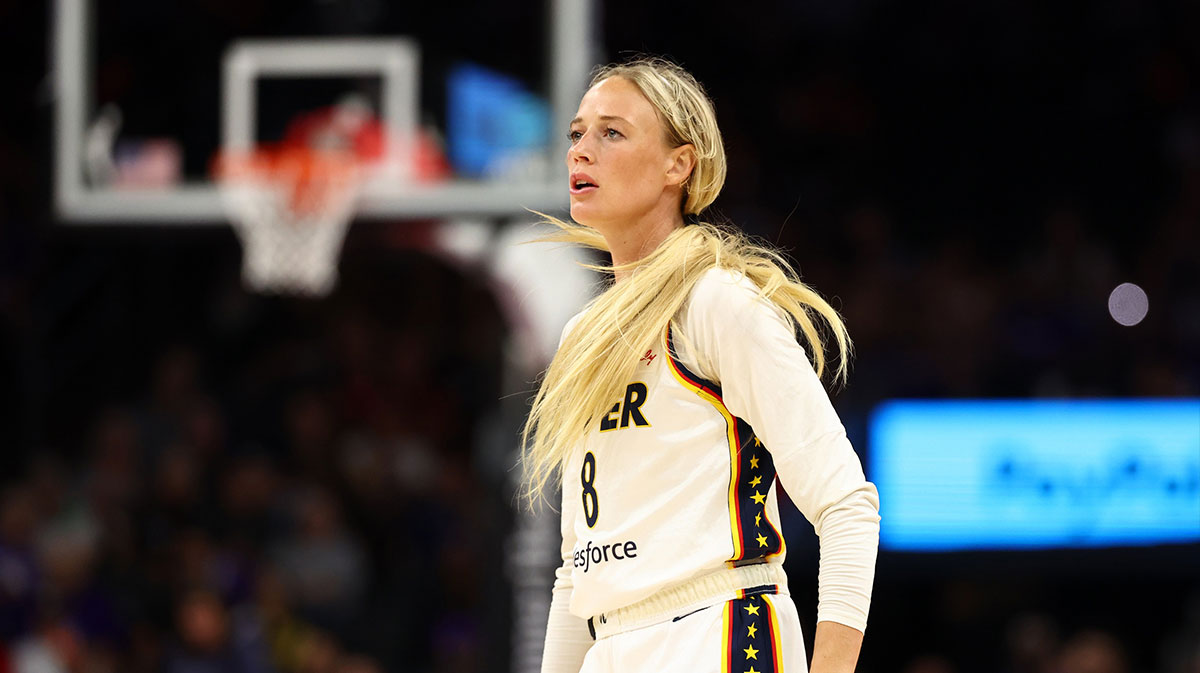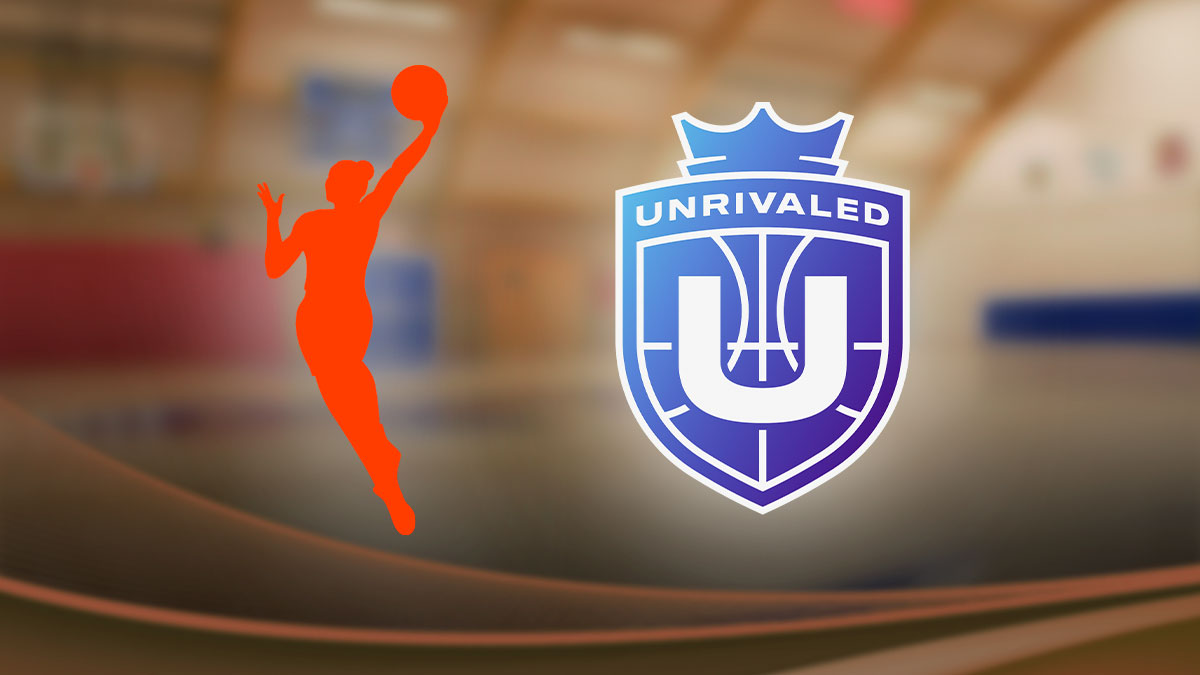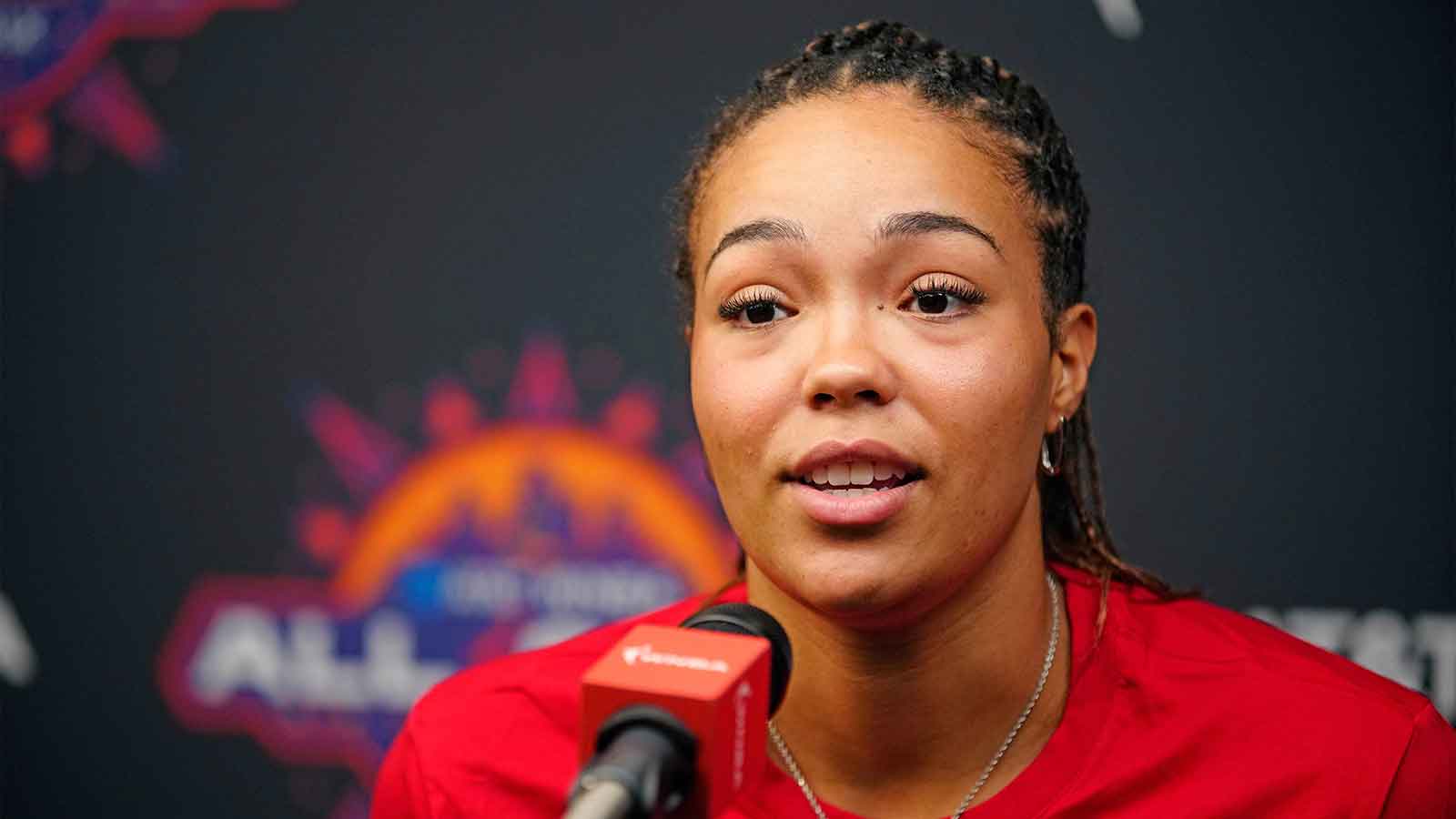The WNBA's introduction of a charter flight program last month marked a significant milestone for the league, with WNBA Players' Union President Nneka Ogwumike describing the change as “transformational.” The new initiative, aimed at improving player travel conditions, faced a few initial hurdles but is expected to be running smoothly after the Olympic break.
“It happened overnight almost,” Ogwumike said, as reported by Doug Feinberg of the Associated Press. “It was a little bit shaky on the rollout, but nevertheless for me, I think it’s a huge win. The only word I can think about is transformational.”
Commissioner Cathy Engelbert acknowledged the complexities involved in implementing the charter flight program, likening it to a puzzle.
“It’s a big Rubik’s Cube. Where could we get planes and pilots for long-haul flights? It’s not like the plane takes you and waits there for two days. It’s been deployed elsewhere. There’s a logistical complexity,” Engelbert said.
Typically, organizing a charter schedule for a professional league can take months due to plane availability and pilot staffing. However, the WNBA managed to expedite the process within a few weeks, thanks to a longstanding relationship with Delta and leveraging the NBA's existing blueprint.
The charter flights, costing the league about $25 million annually over the next two years, will utilize three types of planes: VIP, Delta mainline and regional jets. Due to high demand in May, June and July, most flights have been conducted on smaller regional jets, which accommodate 30 seats and require refueling on longer routes. These planes, though lacking some amenities like power outlets and WiFi, have significantly reduced travel time and improved overall travel conditions for the players.
WNBA able to secure charter flights for every team
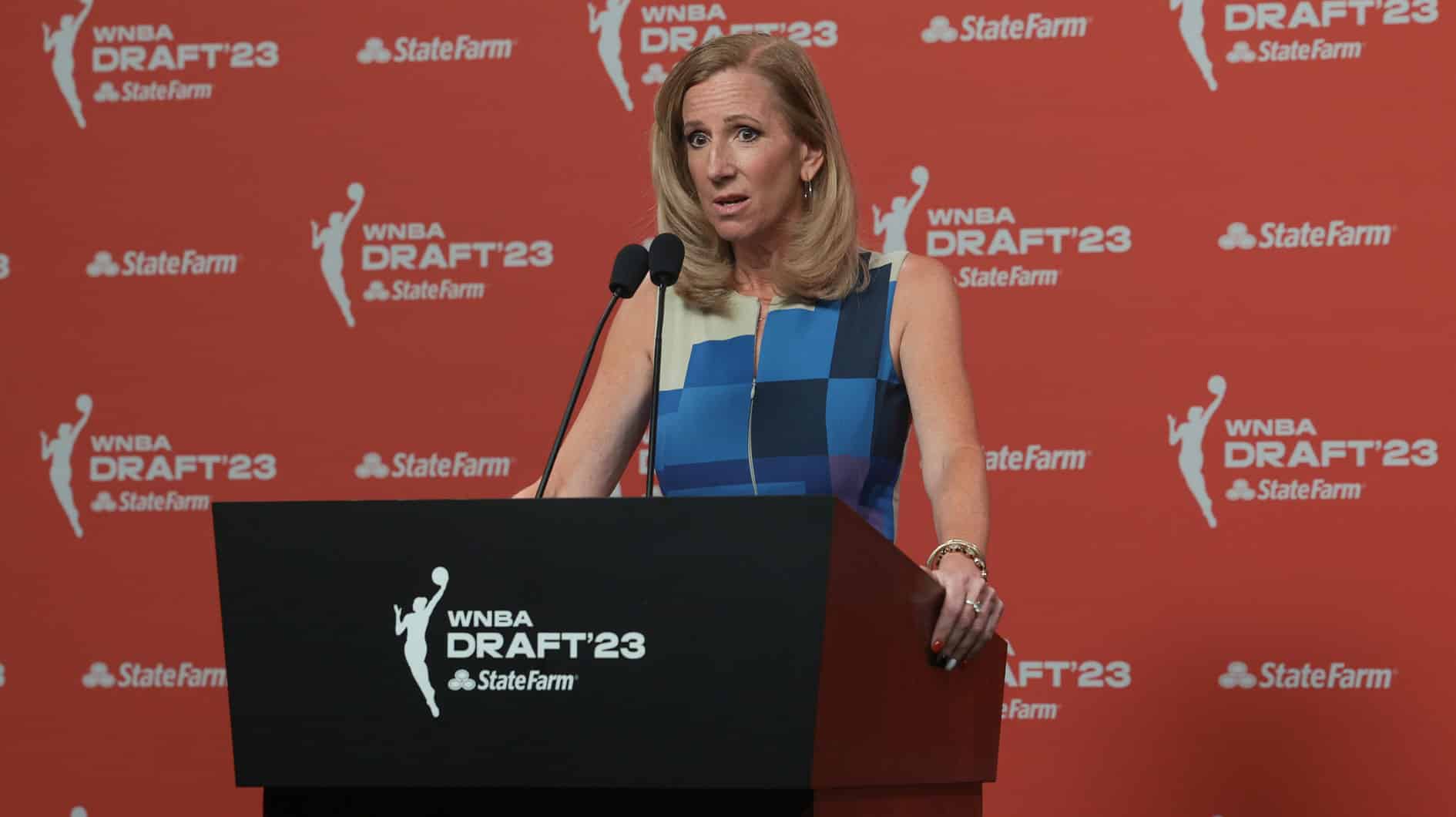
Engelbert shared that the initial plan was to roll out the charters gradually. However, the league was able to secure charter flights for every team within a week of the season's start.
“We wanted to take advantage of the fact that we knew these first couple of weeks, especially on the front end of this, were going to be challenging for our teams,” Engelbert said. The quick implementation was driven by the dense footprint of the WNBA season and the pressing need to address travel challenges.
For the players, the benefits of the new charter program are evident. No longer do they need to wake up at 5 a.m. for commercial flights or endure long security lines and cramped seats. The travel time has been nearly halved, allowing players more time for recovery and preparation. Last season, a trip from Connecticut to Las Vegas for the New York Liberty took 13 hours due to connecting flights. This season, such lengthy travel times are becoming a thing of the past.
“The fact is we can just pull up to the plane and get on the plane and get ready to go,” Liberty forward Breanna Stewart said. “We haven't done it yet, but to be able to finish a game and then fly out to the next city and not waste a whole day is huge.”
The league has managed to schedule 116 of the 120 required flights for May and June at the teams' preferred times, enabling teams to practice at home before traveling. The WNBA will track the usage of different charter options to ensure a balanced distribution among teams over time. For instance, the Indiana Fever took their first charter flight on a VIP aircraft, thanks to the Indiana Pacers’ playoff schedule freeing up their charter.
Last season, the WNBA began funding charter flights for teams playing back-to-back games, a practice that continued into this season. With the new program, charter flights are now secured for every road game. Teams playing in the finals of the Commissioner’s Cup on June 25 or those facing back-to-back games may have access to larger or VIP planes.

